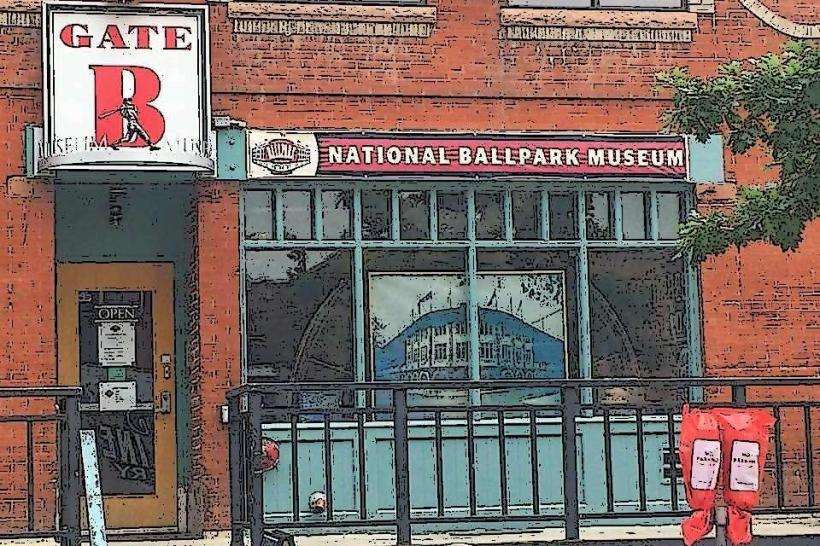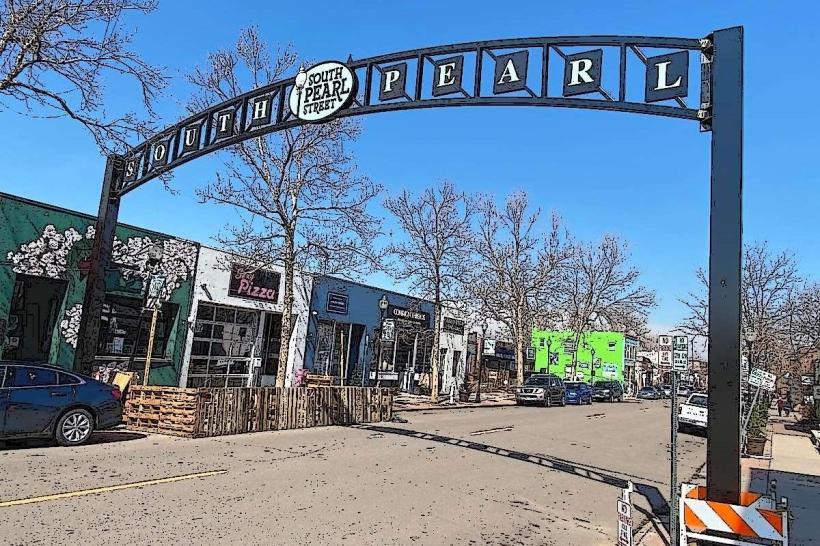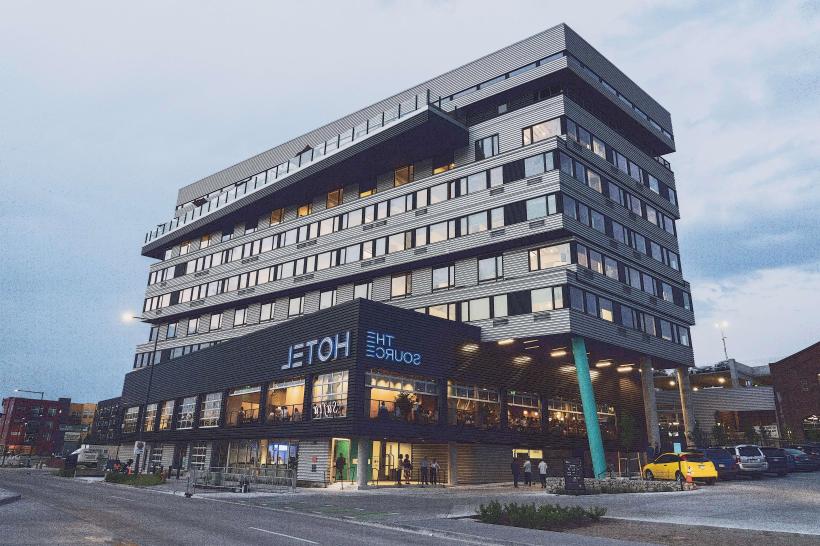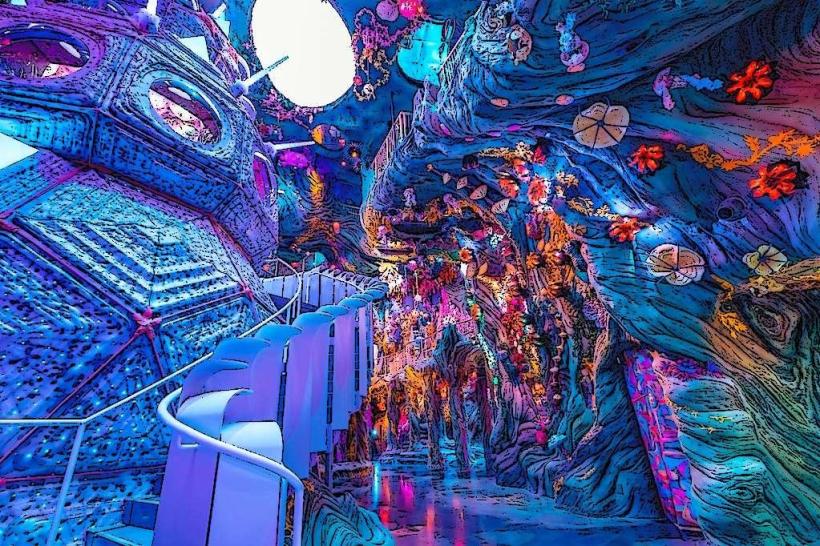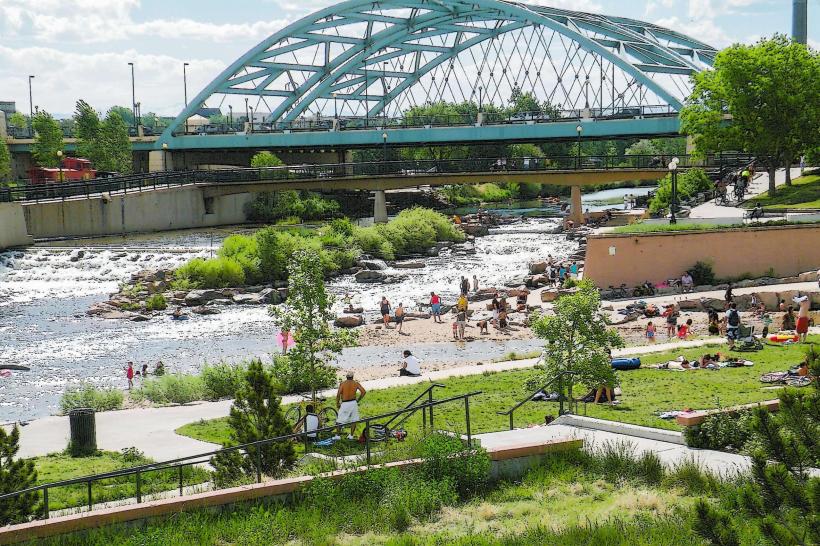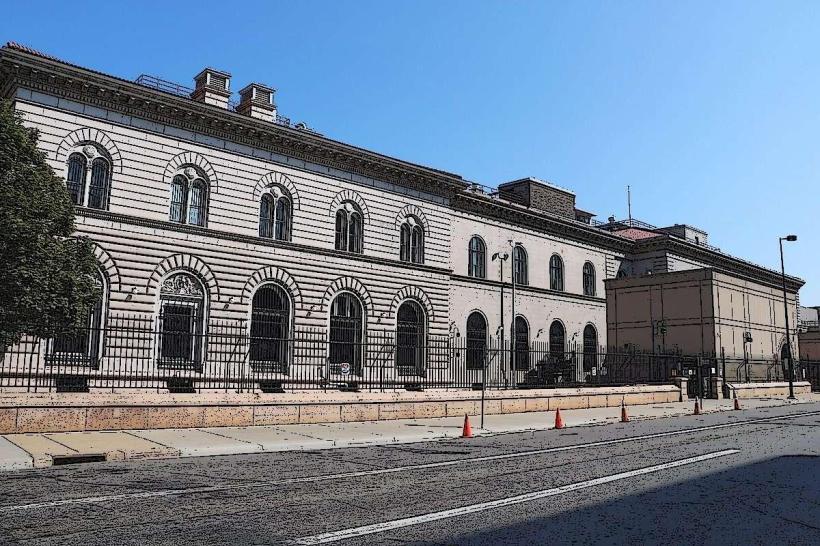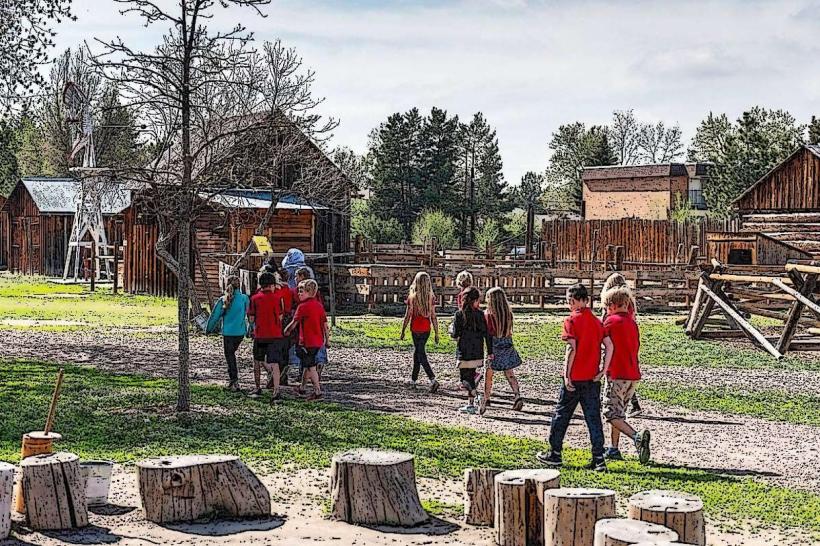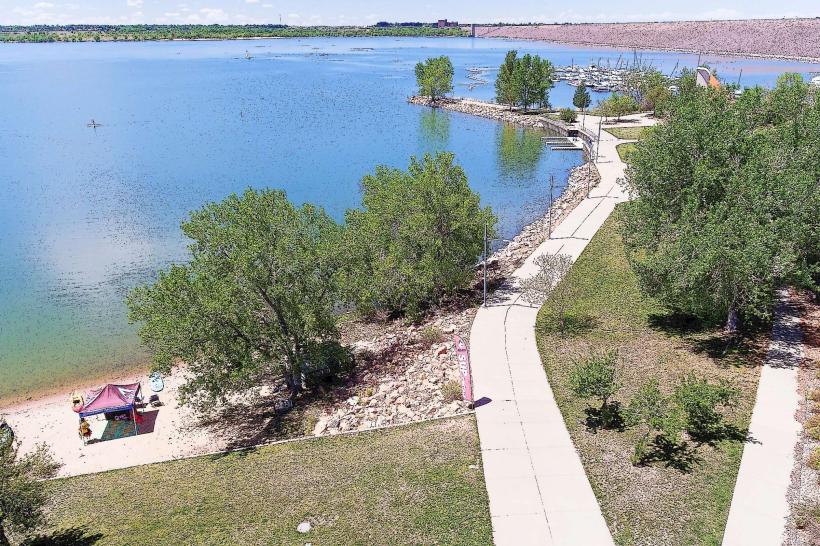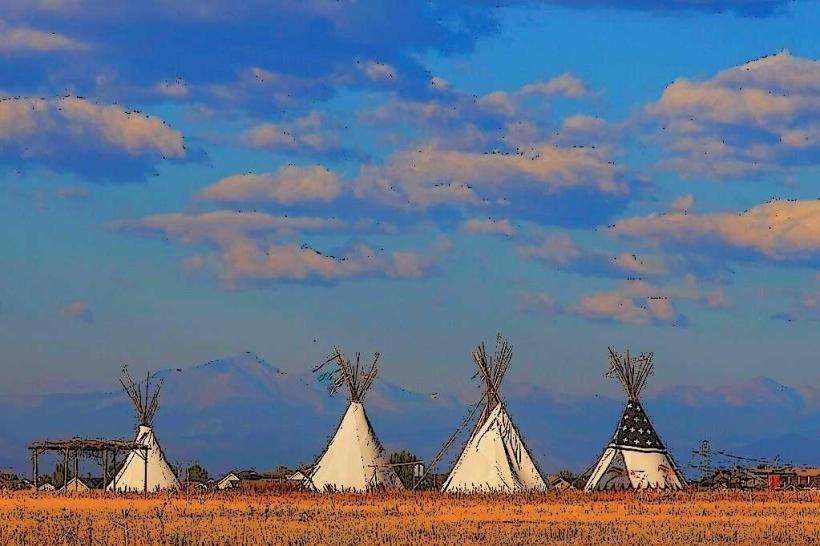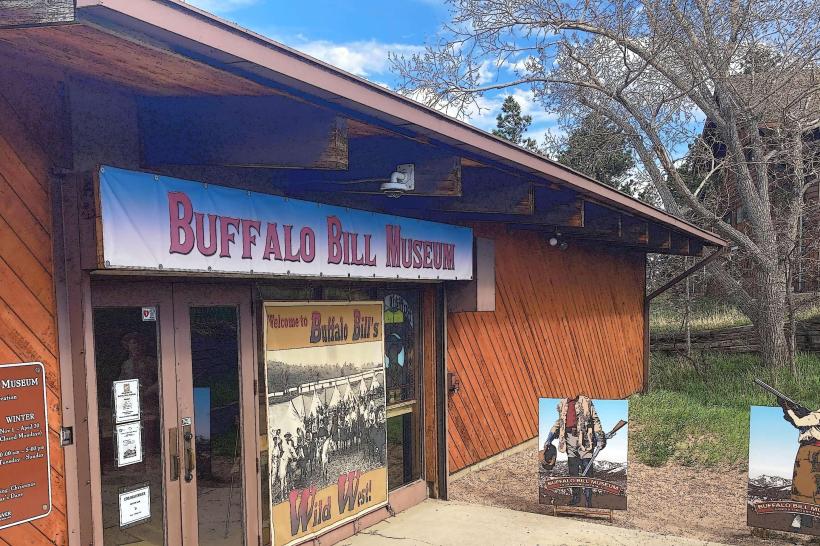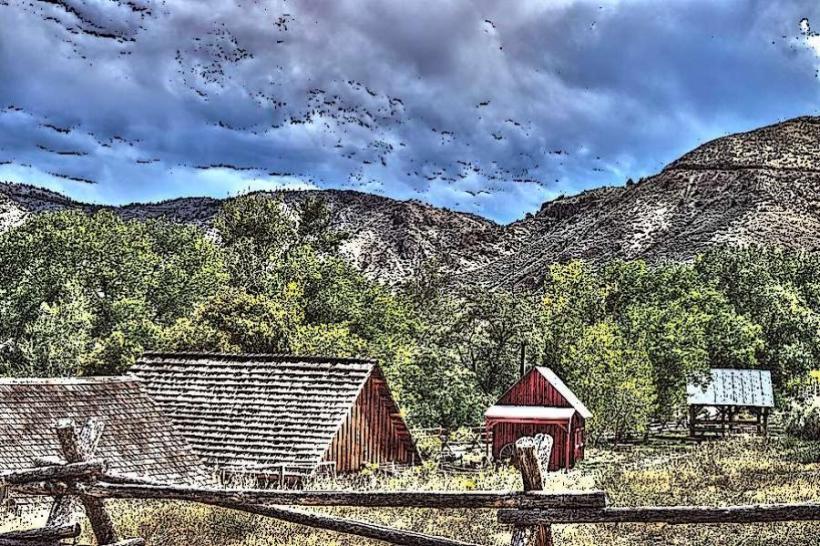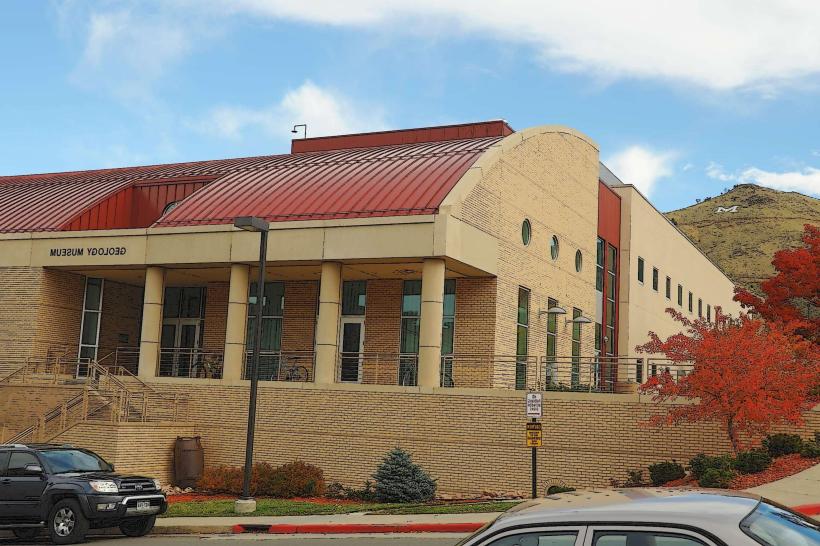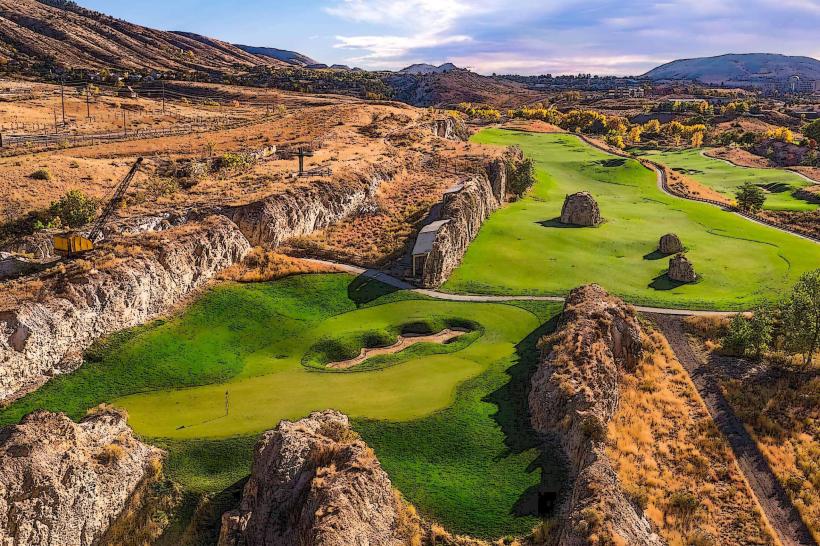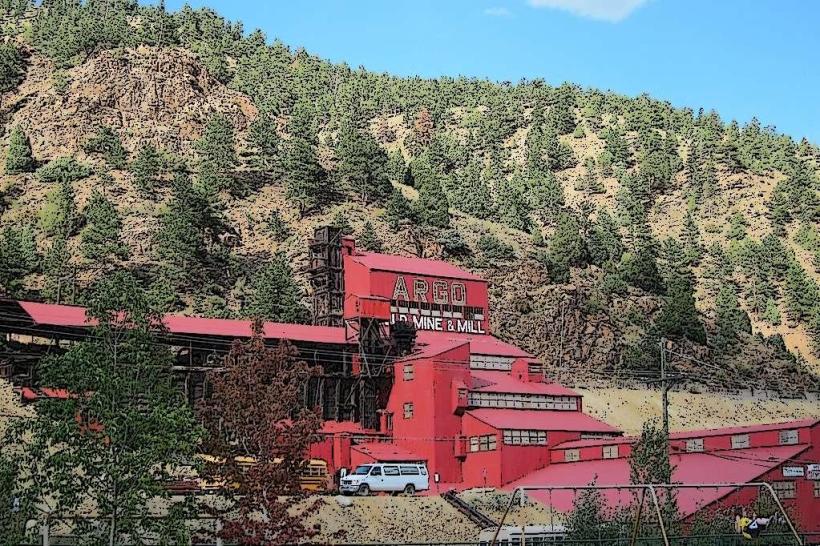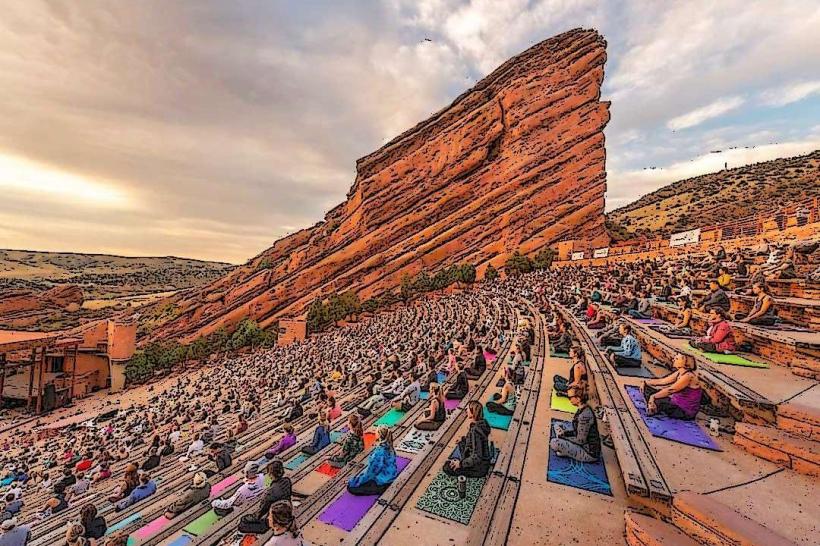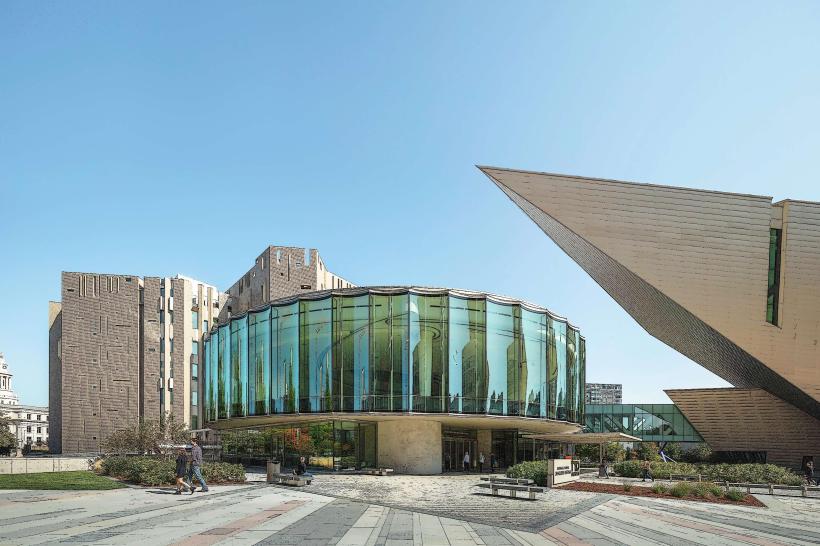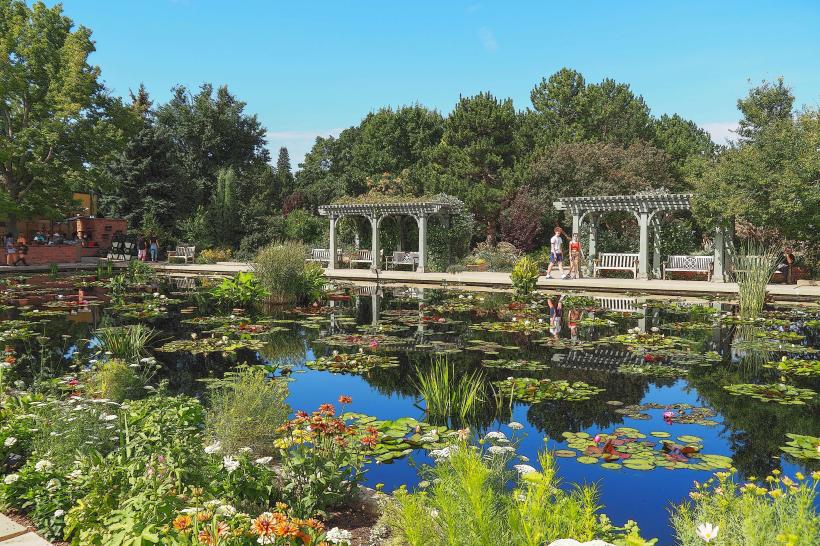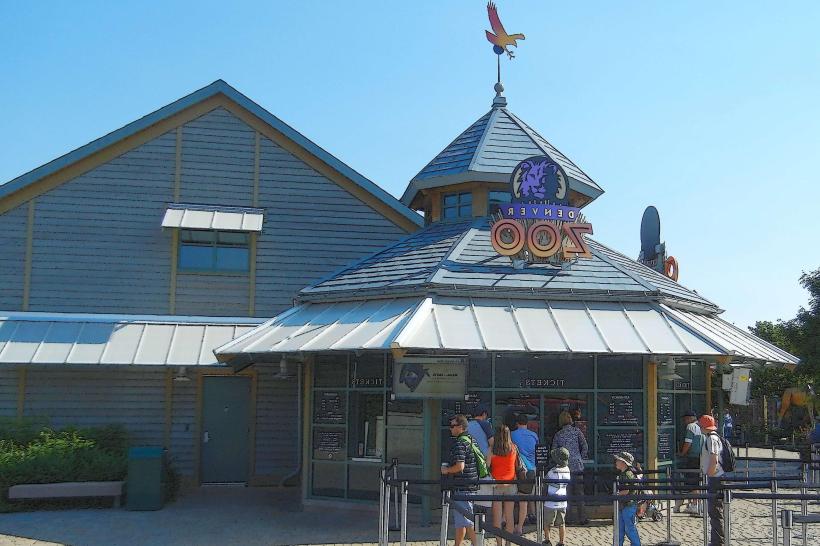Information
Landmark: Lookout Mountain Nature CenterCity: Denver
Country: USA Colorado
Continent: North America
Lookout Mountain Nature Center, Denver, USA Colorado, North America
Lookout Mountain Nature Center and Preserve is a 110-acre natural area and environmental education facility located atop Lookout Mountain near Golden, Colorado. Managed by Jefferson County Open Space, it provides an accessible foothills ecosystem experience combined with rich educational programming and historical context. The preserve offers visitors an immersive connection to Colorado’s mountain foothills environment through scenic trails, interactive exhibits, and naturalist-led activities.
Location and Setting
Situated at 910 Colorow Road, Golden, Colorado, Lookout Mountain Nature Center occupies an elevated site at approximately 7,300 feet above sea level. The location provides sweeping views of the Denver metropolitan area to the east and the Rocky Mountains to the west. The surrounding landscape consists of typical Colorado Front Range foothills terrain featuring ponderosa pine forests, open meadows, rocky outcrops, and seasonal streams.
The preserve is open daily from one hour before sunrise until one hour after sunset, while the Nature Center building itself operates Friday through Sunday, 10:00 AM to 4:00 PM, and is closed Monday through Thursday. The facility is free to visit, emphasizing public accessibility to natural spaces close to the city.
Natural Environment and Trails
Lookout Mountain Nature Center preserves a foothills ecosystem representative of the southern Rocky Mountain front. The area is characterized by:
Ponderosa pine forests, mixed with Douglas fir and aspen groves
Open meadows blooming with native wildflowers in spring and summer
Rocky ridges and gentle slopes providing diverse habitats
Wildlife including mule deer, Abert’s squirrels, red-tailed hawks, golden eagles, mountain bluebirds, and occasional elk
The preserve features over 1.5 miles of interconnected hiking trails designed for varying ability levels:
Meadow Loop Trail (~0.8 miles): A relatively flat, easy path through wildflower-filled meadows, ideal for families and casual walkers.
Forest Loop Trail (~0.6 miles): A shaded trail meandering through dense ponderosa pine stands with abundant wildlife sightings.
Beaver Brook Trail: A more rugged, hiker-only route that connects to nearby Windy Saddle Park and Genesee Park, popular with more experienced hikers and cross-country skiers.
In winter, trails accommodate snowshoeing and cross-country skiing, providing year-round outdoor recreation.
Nature Center Facilities and Exhibits
The Nature Center building serves as a hub for education and interpretation, blending sustainable architecture with engaging visitor experiences:
Interactive Exhibits: The center showcases exhibits on local flora and fauna, including displays on pine beetles, pollinators, native plants, and animal adaptations to the foothills environment.
Hands-On Playroom: A designated space for children to explore tactile nature-based learning activities.
Observation Room: Equipped with remote wildlife cameras that stream live footage from nearby habitats, allowing visitors to observe animals without disturbance.
Naturalist Programs: The center hosts free, seasonal naturalist-led programs covering topics such as bird identification, animal tracking, native plant ecology, and local history. These programs are aimed at visitors of all ages and often include guided hikes and interactive workshops.
The Nature Center’s design incorporates environmentally conscious elements such as floors made from recycled railroad boxcars and decking created from recycled plastic bottles, highlighting sustainability.
Historical Context
The property also includes the historic Boettcher Mansion, built in 1917 by industrialist Charles Boettcher as a summer retreat. The mansion has been preserved and repurposed to support community events and educational uses, complementing the Nature Center’s mission to connect visitors to the cultural history of the area.
Wildlife and Conservation Importance
Lookout Mountain Nature Center is a critical preserve for native foothills wildlife. Visitors commonly see:
Mule deer grazing in meadows
Abert’s squirrels, unique to ponderosa pine forests, darting among the trees
Raptors like red-tailed hawks and golden eagles soaring overhead
Smaller birds including mountain bluebirds, juncos, and chickadees
The preserve functions as an important natural corridor in the rapidly developing Front Range region, supporting biodiversity and serving as a research and monitoring site for local conservation initiatives.
Visitor Amenities and Accessibility
Parking: Available adjacent to the Nature Center with easy access to trails.
Restrooms: Located inside the Nature Center building.
Picnic Areas: Scenic spots near the center and along trails.
Accessibility: The main Nature Center and parts of the meadow trail are wheelchair accessible.
Pets: Dogs are not allowed within the preserve to protect wildlife and habitat.
Weather: The mountain setting can bring rapid weather changes; visitors are encouraged to dress in layers and be prepared for sun, wind, and sudden temperature shifts.
Nearby Attractions
Lookout Mountain Nature Center sits close to several notable landmarks:
Buffalo Bill Museum and Grave: A nearby historic site honoring the legendary frontiersman William F. “Buffalo Bill” Cody.
Lookout Mountain Trail: A scenic 2.3-mile trail offering panoramic views of Golden and Denver.
Windy Saddle Park and Genesee Park: Larger natural areas connected by trail to the preserve, offering expanded hiking and wildlife viewing opportunities.
Summary
Lookout Mountain Nature Center and Preserve offers a serene foothills nature experience just minutes from Denver. Its blend of preserved forest and meadow habitats, easy-to-access trails, engaging educational exhibits, and rich wildlife viewing make it a valuable destination for families, educators, hikers, and nature enthusiasts. The center provides a gateway to understanding Colorado’s mountain ecosystems, conservation challenges, and local natural history within a welcoming, sustainable, and historically rich setting.

